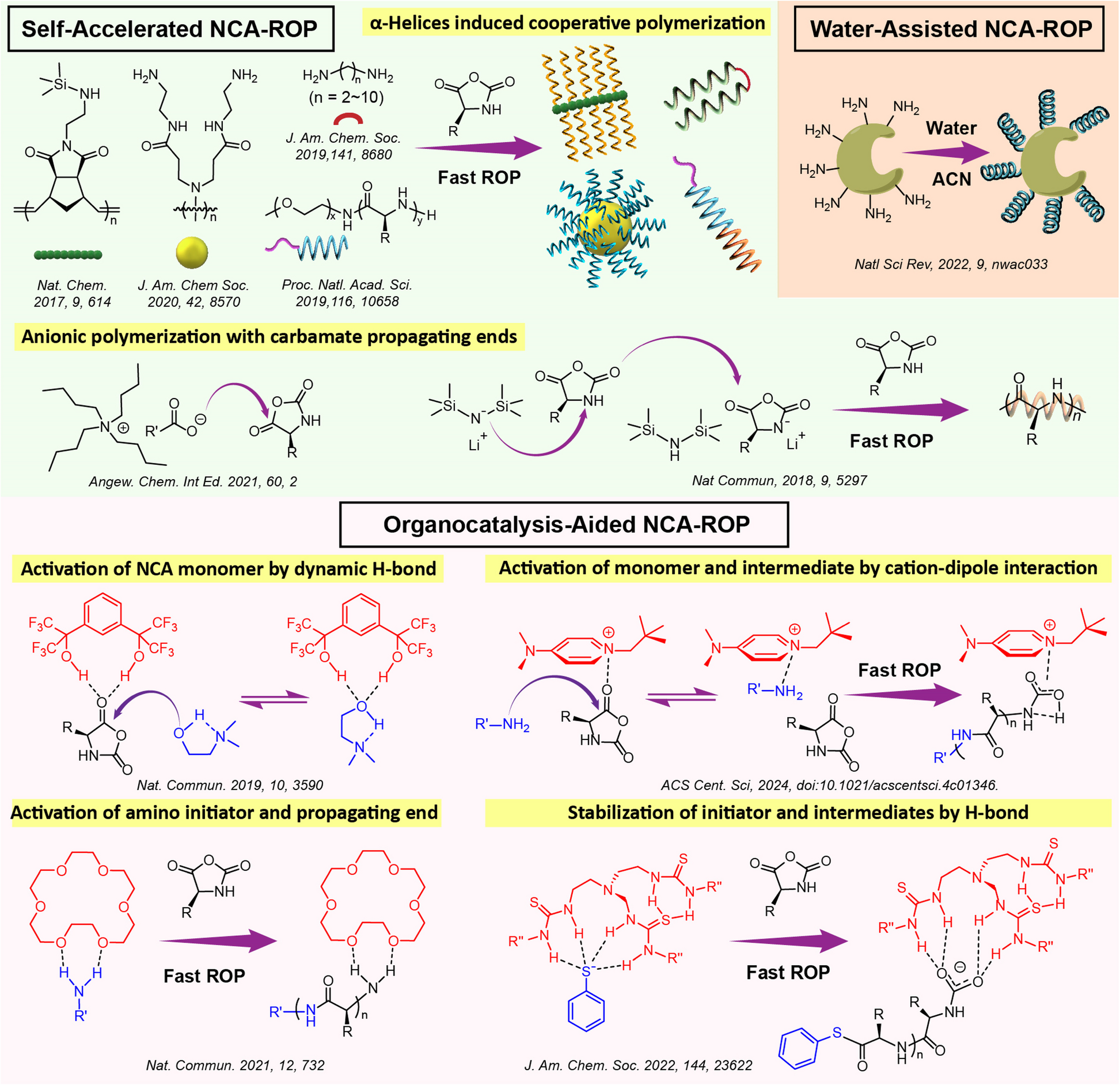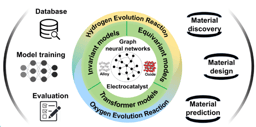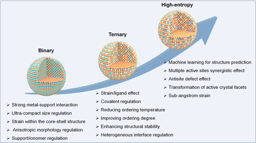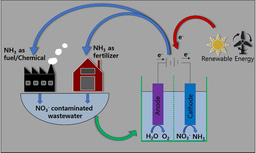Catal Launches with Visionary Work on Accelerated Polypeptide Polymerization

Polypeptides synthesized via N-carboxyanhydride ring-opening polymerization (NCA-ROP) represent a class of biomaterials with significant application potential. Although they cannot fully replicate the structural and functional complexity of natural polypeptides and proteins, the continuous development of catalytic strategies to accelerate NCA-ROP in recent years has enabled researchers to fully exploit the tunable secondary structures, degradability, and biocompatibility of polypeptides. By combining various polymerization and coupling methods, researchers integrate them with other materials to efficiently construct novel hybrid materials possessing unique properties and functions.
The research team from Hunan University, focusing on strategies for catalyzing and accelerating NCA-ROP polypeptide synthesis, explored the feasibility and convenience of integrating the rapid and controllable NCA-ROP process into composite material preparation under the action of catalysts or autocatalytic effects. They also reviewed several types and application examples of integrating synthetic polypeptides and their properties into functional composites. This review article summarizes the current challenges in using catalytic accelerated NCA-ROP technology as a tool to construct composites, while also outlining the broad prospects it offers for diversifying composites and realizing functional applications. This article provides new insights and ideas for the advancement of catalytic NCA polymerization technology and the development and application of novel composite materials.
Follow the Topic
-
Catal

Catal is an open access journal covering full spectrum of catalysis critical advances. From biocatalysts to heterogeneous catalysts, it integrates fundamental and applied sciences. Catal offers a primary platform for researchers and practitioners in the field.
Related Collections
With Collections, you can get published faster and increase your visibility.
Bio-Catalysis in Circular Bioeconomy and Green Chemistry
This collection emphasizes the role of bio-catalysis in advancing the circular bioeconomy, focusing on enzymatic transformations and eco-friendly processes that valorize renewable feedstocks. Contributions should highlight innovative applications of bio-catalysis in waste-to-value systems, biorefineries, and green chemical synthesis.
Catal invites research articles, reviews and reports on the topic of the development of enzymes, metabolic engineering, and integration of bio-catalysis into industrial processes, aiming to reduce dependency on fossil-based resources and promote sustainable practices.
Publishing Model: Open Access
Deadline: Mar 31, 2026






Please sign in or register for FREE
If you are a registered user on Research Communities by Springer Nature, please sign in